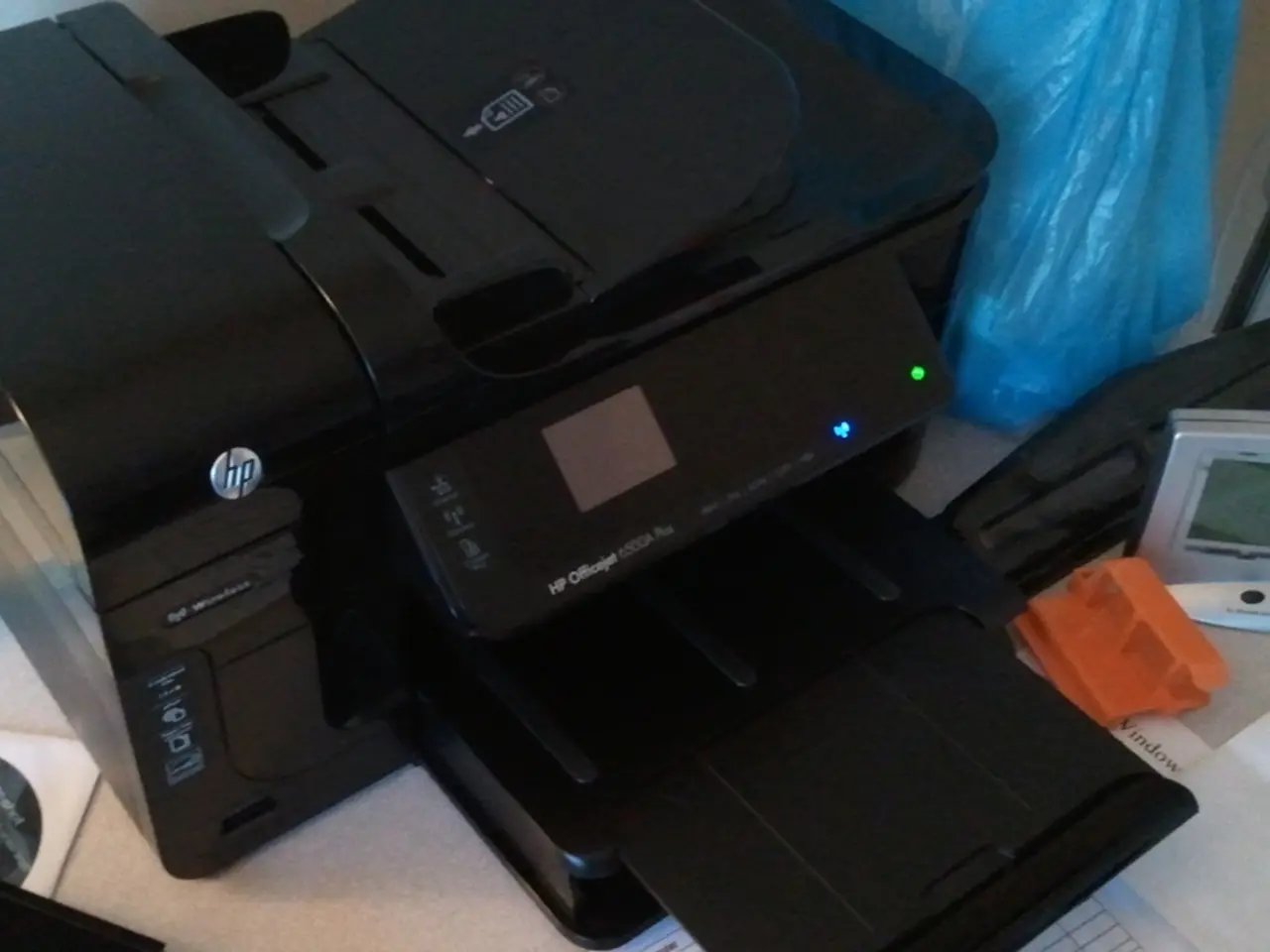All About Mastering PCB Design: A Guide to Excellence in PCB Manufacturing
Designing a Printed Circuit Board (PCB) that is both efficient and cost-effective is a crucial aspect of the electronics industry. To achieve this, adhering to the principles of Design for Manufacturability (DFM) is essential. Here, we delve into the top DFM guidelines that PCB designers should follow to minimise manufacturing defects, reduce production costs, and ensure a smoothly fabricated and assembled PCB.
Component Placement
Placing larger components such as Integrated Circuits (ICs) and connectors first, followed by smaller components around them, optimises board space and assembly flow. This approach not only makes the manufacturing process more straightforward but also reduces the likelihood of errors during assembly.
Trace Routing
Keeping traces short and direct is key to reducing signal delay and interference. Separating power and ground traces and using ground planes helps to reduce noise further. By following these practices, designers can ensure a more reliable and high-performance PCB.
Design Within Manufacturing Limits
Considering the capabilities and limitations of the chosen PCB manufacturer is vital. This includes respecting minimum trace width, spacing, hole sizes, and layer count to avoid design features that are difficult or costly to produce.
Testability and Validation
Using simulation and design rule check (DRC) tools early in the design process can help detect shorts, unconnected pins, or signal integrity issues before manufacturing. This step is crucial in reducing the need for rework and enhancing the overall quality of the PCB.
Material Selection
Choosing materials that meet relevant standards and avoid materials that complicate manufacturing or recycling is essential. For instance, using lead-free solder alternatives and FR-4 substrates complying with ASTM D709 for heat resistance is recommended.
Modular Design & Disassembly
Designing PCBs to facilitate easy disassembly and recycling is becoming increasingly important. This can be achieved by using connectors instead of permanent soldering for key parts and grouping similar components.
Adherence to Standards
Following IPC and ASTM standards pertinent to PCB fabrication is crucial. Ensuring dielectric thickness, copper conductivity, and cleanliness standards are met is essential for a smooth production process.
High-Speed Considerations
For high-frequency PCBs, specific rules like differential pair length matching, controlled impedance routing, avoiding signal stubs, and ensuring return path integrity should be applied.
By following these top DFM guidelines, designers can ensure an efficient and effective PCB manufacturing process with fewer defects and lower costs.
Use of Automated Machines and Online Tools
Utilizing components that can be placed and packaged by automated machines is a DFM guideline for all PCB projects. Additionally, online tools are available to check DFM based on PCB design files, providing detailed information regarding any potential rule issues.
Early Involvement of Manufacturing Partners
Involving PCB manufacturing partners as early as possible can provide invaluable feedback and guidance. Working directly with the selected manufacturer allows designers to make sure their designs are manufacturable, enabling them to update designs early on in the process.
Location and Quality of PCB Manufacturing Partners
Selecting a PCB manufacturing partner in the right location, with a respected reputation, comprehensive customer support, and the capability to produce high quality at high volume is crucial for a smooth production process.
Lead Time and Availability of Components
Choosing components with lead time or availability in mind is a DFM guideline for all PCB projects. Opting for a single fab house for both PCB prototype and bulk production requirements can reduce production time and time to market.
The Design for Manufacturing Handbook
The Design for Manufacturing Handbook, a comprehensive resource, covers topics like annular rings, vias, trace width and space, solder mask, and silkscreen. It provides valuable information on how to avoid drill breakouts in annular rings, optimise vias in design, follow best practices for trace width and space, and gain must-knows about solder mask and silkscreen. The handbook can be downloaded for free.
The Better DFM Tool
The Better DFM tool is available to try before ordering the next PCB boards. Minimising the necessity of manual corrections in PCB manufacturing is important for cost-effectiveness.
Automation in PCB Manufacturing
As PCB manufacturing has become increasingly automated, it is important for designers to concentrate on layouts that lend themselves to seamless reproduction. Working directly with companies like Sierra Circuits can help designers meet DFM standards and find an EMS provider that suits their needs.
By adhering to these DFM guidelines, designers can create PCBs that are not only reliable and high-performing but also cost-effective and easily manufacturable.
- Optimizing component placement by positioning larger components first, followed by smaller ones, helps minimize manufacturing defects, simplify assembly, and reduce errors.
- Adhering to the principle of keeping traces short and direct helps decrease signal delay, reduce interference, and ensure a more reliable and high-performance PCB.




